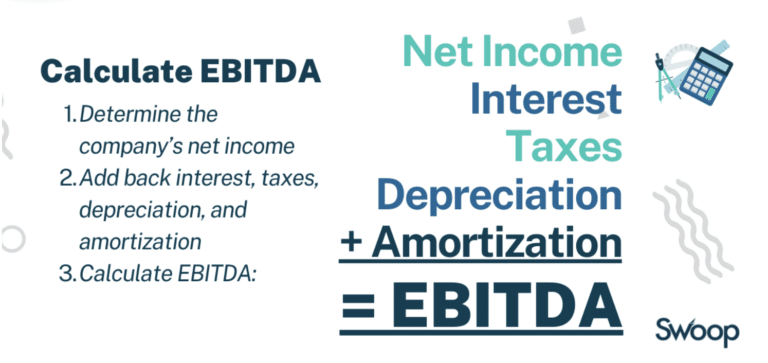EBITDA calculator
EBITDA (Earnings Before Interest, Taxes, Depreciation, and Amortization) is a financial metric that measures a company’s operating performance by excluding certain non-operating expenses. It provides an indication of a company’s profitability before accounting for interest, taxes, and non-cash expenses.
Page written by Ian Hawkins. Last reviewed on May 20, 2025. Next review due April 1, 2026.

Ian Hawkins
Head of Content
Ian Hawkins is Head of Content at Swoop. As a freelance business journalist and filmmaker he has reported from Europe, Central and North America and Africa. His films and writing have appeared on BBC World, Reuters and CBS, and he has spoken at conferences on both sides of the Atlantic on subjects including data, cyber security, and entrepreneurialism.
Read this article to me






 yet? Register here!
yet? Register here!